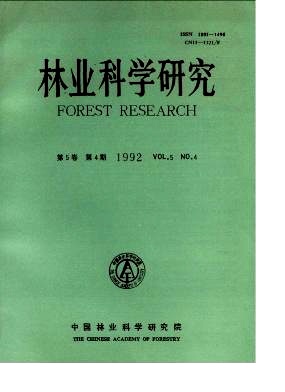Biological Basis for Rearing Horned Gall Aphid, Schlechtendalia chinensis
- Received Date: 1992-01-04
- Available Online: 2012-12-04
Abstract: The horned gall, one of the Chinese gallnuts, caused by Schlechtendalia chinensis is an important raw chemical material. But the yield of the gall is only 15~25 kg/ha in natural conditions. According to the results of the studies on the aphid’s biology, the main reasons why the yield is poor are as follows: the migration rate either in spring or in summer is very low; the mortality in overwintering period is very high; the sexuparae and the females produce a few offspring. So rate of increase of the aphid’s population is very low. On the basis of the above a great mass of sexuparae adults must be raised and reached the first host on which the gall is formed to get more galls by mass-cultivating the second hosts (mossess), mass-inoculating the aphids on the second hosts, selecting and creating a favorable environment for the growth and migration of sexuparae.





 DownLoad:
DownLoad: